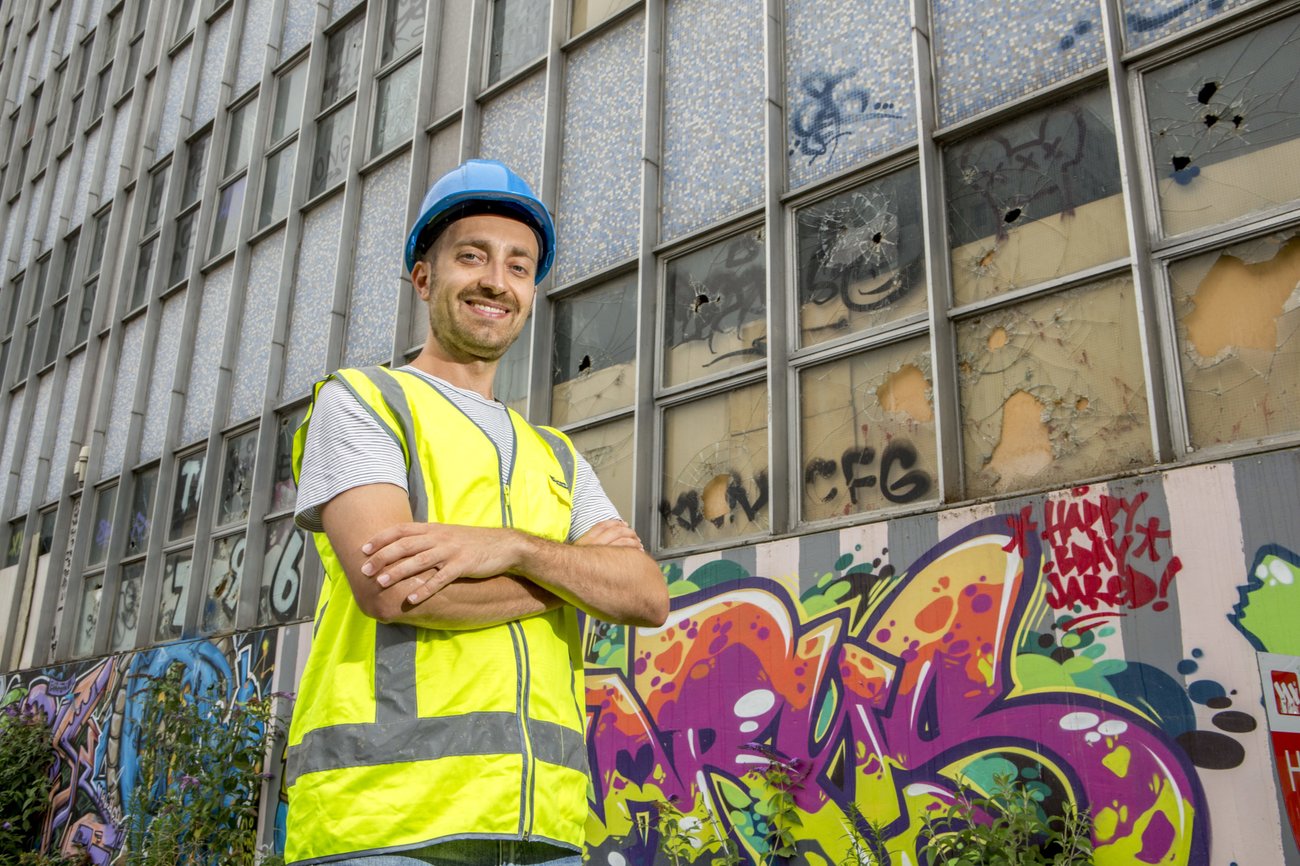University of Canterbury researchers develop new method for detecting earthquake damage in steel

Image: Dr Giuseppe Loporcaro
Following the Christchurch earthquakes earlier this decade, many steel-reinforced concrete buildings were deemed irreparable and demolished due to lack of information about the extent of damage and risk of collapse in future earthquakes. Several years later, disagreements between building owners and insurers are still going on. And all that, of course, is lengthening the amount of time it takes for Christchurch to rebuild.
Guess what: new University of Canterbury research may help speed up the process – and, more importantly, make things safer. Architectural Engineering lecturer Dr Giuseppe Loporcaro and Mechanical Engineering professor Milo Kral’s research into a new technique for assessing damage to steel rebars (the steel reinforcing rods contained within concrete slabs) has been awarded $20,000 in UC’s annual Tech Jumpstart competition.
Loporcaro says earthquakes are unavoidable natural events, but when they happen in urban areas they can be devastating – as the Christchurch earthquakes proved. If this damage is not detected immediately, it extends the recovery phase – and puts lives at risk.

Steel rebars are built to stretch during severe shaking, enabling the concrete they are housed in to crack while the rebars remain intact. Loporcaro and Kral’s work determines how much the rebar has already stretched and how much capacity it still has before breaking if further shaking occurs, as rebar can only stretch so much before it breaks. Loporcaro and Kral’s method enables engineers to test the rebars on site rather than in a lab – saving both time and money. The other advantage is more reliable results.
“Disruptions cost time and money, as well as impacting the entire community,” Loporcaro says. “The in-situ damage detection method aims to speed the assessment phase, and consequently reduce the impact on the community in terms of disruption, down-time and costs for repair and/or demolition.”
That’s not all he has to say on the subject. “It will also allow information to reach owners and insurance companies more quickly, so issues can be resolved in better time.”
Loporcaro and Kral say they plan to use the $20,000 Tech Jumpstart award to work towards commercialising their research.




